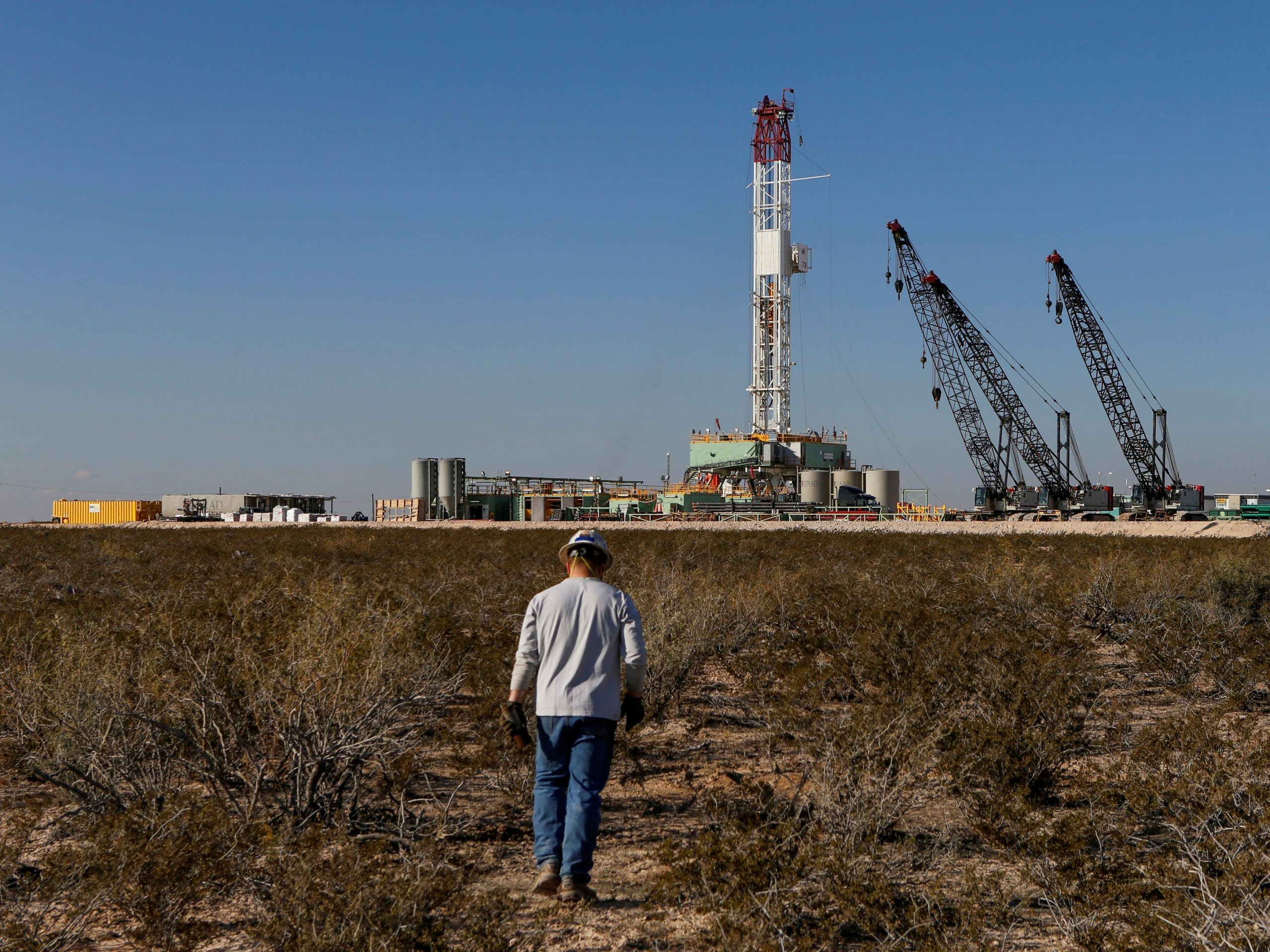
Angus Mordant/Reuters
- Brent and WTI crude oil prices rose on Wednesday, approaching 1-year highs as investors bet stimulus and vaccines would fuel an economic recovery.
- Saudi Arabia’s oil output cuts also lifted sentiment, while data showed a bigger-than-expected drop in US inventories.
- Analysts said 2021 is set to see a solid recovery in oil prices, as businesses reopen and global trade and travel resume.
- Sign up here our daily newsletter, 10 Things Before the Opening Bell.
Oil prices rose on Wednesday to close to 1-year highs, as data hinted at stronger demand, while more stimulus and production cuts brightened the outlook.
Brent crude – the international benchmark price – climbed 0.1% to $56.65 a barrel at 6.15am ET, having earlier risen above $57, its highest level since February. US WTI crude rose 0.28% hit trade at around its highest levels since February, at $53.38.
Both prices have climbed sharply in 2021 already, with Brent crude and WTI each around 10% higher.
It is a remarkable turnaround for oil prices, after demand tanked during the first wave of coronavirus lockdowns, causing the WTI price to fall into negative territory for the first time in the spring of 2020.
The market is now looking past the recent surge in COVID-19 cases across Europe and the US to the middle of next year. The hope is that, by then, vaccines will have allowed some form of normal life to resume, boosting demand for energy.
Saudi Arabia's pledge to cut output by 1 million barrels per day in February and March has also put a floor under oil prices.
The Gulf state has already cut supplies of crude oil for February for some Asian buyers, according to refinery and trade sources who spoke to Reuters.
Meanwhile, data from the American Petroleum Institute on Tuesday suggested that demand was buoyant. Oil stocks dropped by 5.8 million barrels last week, according to API. Analysts had expected a fall of 2.3 million barrels, according to a Reuters poll.
"Crude oil has been on a tear," said Marios Hadjikyriacos, investment analyst at trading platform XM.
"It seems that the promises of a US spending extravaganza and Saudi Arabia slashing its crude production in the coming months have more than offset European demand fears, propelling crude above its pre-pandemic levels."
Official oil inventory figures from the US Energy Information Administration are due later. They are expected to show a drawdown of around between 2 and 4 million barrels after an 8 million barrel drop last week.
Exxon Mobil shares were up 1.13% in pre-market trading. UK majors BP and Shell were up 0.93% and 0.47% respectively.
Samuel Burman, assistant commodities economist at consultancy Capital Economics, said in a note he expected the price of Brent to rise to $60 per barrel and WTI to rise to $58 a barrel by the end of the year.
"A vaccine-induced rebound in global travel activity should lead to a revival in demand," he said.
"At the same time, the continuation of OPEC+ production cuts along with low levels of investment last year, particularly in the US, should mean that global supply remains constrained."
